The Importance of Pediatric Physical Therapy: A Guide for Parents
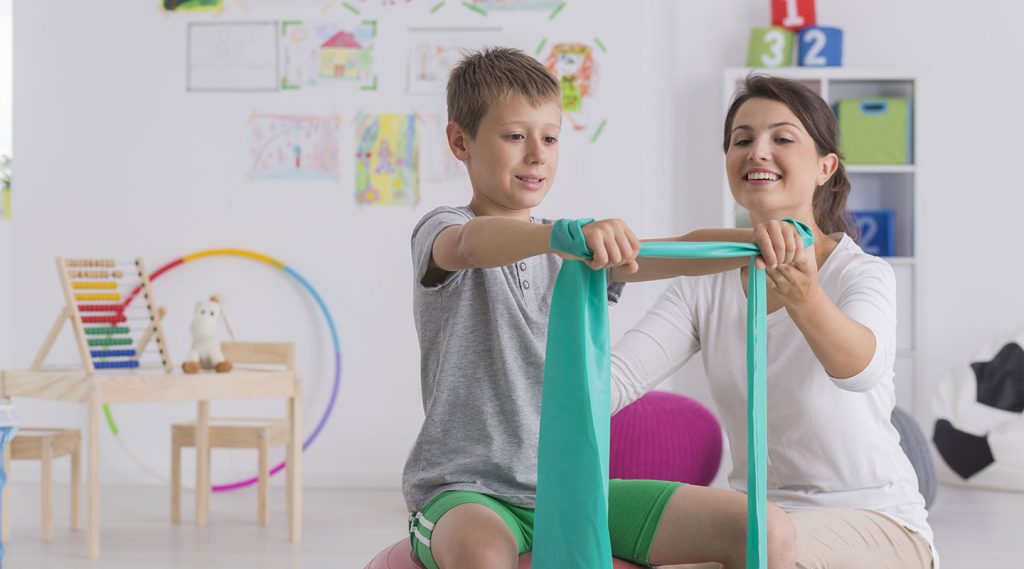
Welcome to our comprehensive guide on the importance of pediatric physical therapy! As parents, we all want the best for our children, and ensuring their overall well-being is a top priority. Physical therapy plays a crucial role in helping children overcome developmental challenges, improve mobility, and enhance their overall quality of life. This guide aims to provide you with valuable insights into the world of pediatric physical therapy, equipping you with the knowledge and resources necessary to make informed decisions for your child’s health. From understanding the benefits of early intervention to exploring various therapy techniques and finding the right therapist, we’ll cover it all. Join us on this journey as we delve into the vital role pediatric physical therapy plays in fostering your child’s growth and development. Together, let’s empower our children to reach their fullest potential and thrive in every aspect of their lives.
What is pediatric physical therapy?
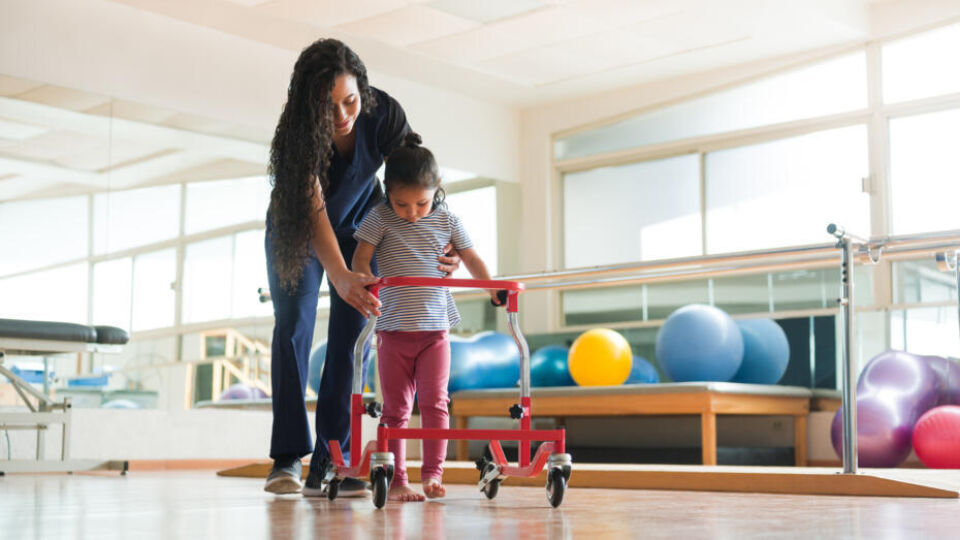
Pediatric physical therapy is a specialized branch of therapy that focuses on improving children’s physical function and mobility. This form of therapy is designed to address a wide range of developmental challenges, from delayed motor skills to congenital disabilities. Pediatric physical therapists are trained professionals who work closely with children and their families to create individualized treatment plans that cater to each child’s specific needs.
Pediatric physical therapy incorporates various techniques and exercises to improve balance, strength, coordination, and flexibility. These therapists use play-based activities to engage children in a fun and motivating way, making the therapy sessions enjoyable and effective. By targeting specific areas of concern, pediatric physical therapy helps children develop the necessary skills to navigate their environment and participate in activities that are essential for their growth and independence.
Pediatric physical therapy is not limited to treating physical conditions alone. It also addresses emotional and cognitive aspects of a child’s development, promoting overall well-being and enhancing their quality of life. Through regular therapy sessions, children not only improve their physical abilities but also gain confidence, self-esteem, and a sense of accomplishment.
The role of pediatric physical therapy in child development
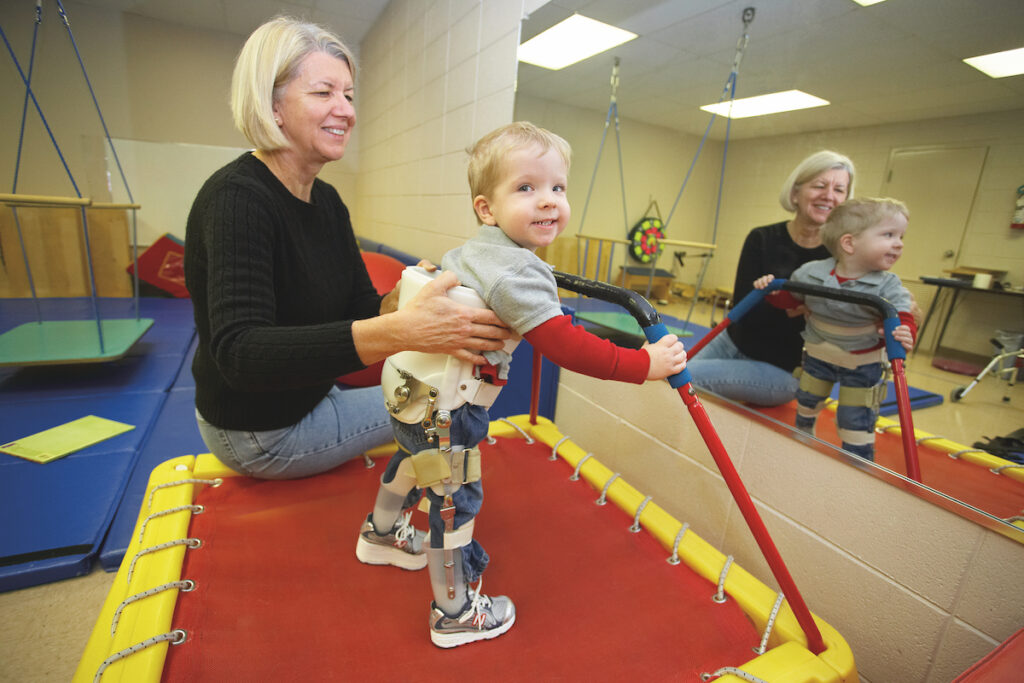
Child development is a complex process that involves the integration of physical, cognitive, and emotional skills. Pediatric physical therapy plays a crucial role in promoting healthy development and addressing any delays or challenges a child may face. By focusing on the physical aspect of development, pediatric physical therapy helps children build a solid foundation for future growth.
During the early years of a child’s life, motor skills such as crawling, sitting, standing, and walking are critical milestones that pave the way for further physical development. Pediatric physical therapy intervenes when these milestones are not met within the expected timeframe. By identifying and addressing any underlying issues that may hinder a child’s progress, therapy sessions aim to promote the acquisition of age-appropriate motor skills.
In addition to motor skills, pediatric physical therapy also supports other areas of development. It aids in the development of sensory processing skills, which are essential for a child’s ability to interpret and respond to sensory information from their environment. By addressing sensory challenges, pediatric physical therapy helps children regulate their responses to stimuli and enhances their ability to engage in daily activities.
Furthermore, pediatric physical therapy promotes social and emotional development by providing opportunities for children to interact with others and develop relationships. Through play-based activities and group therapy sessions, children learn essential social skills such as turn-taking, sharing, and communication. These interactions foster emotional well-being and help children develop a sense of belonging and self-confidence.
Benefits of pediatric physical therapy for children with disabilities
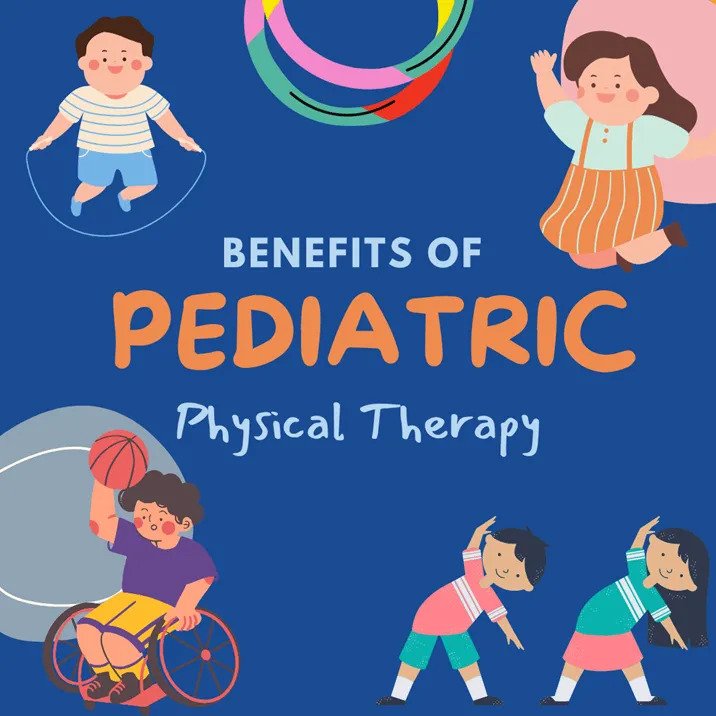
Pediatric physical therapy offers a wide range of benefits for children with disabilities. Whether a child has a congenital condition, a developmental delay, or an acquired injury, physical therapy can make a significant difference in their lives. Here are some key benefits of pediatric physical therapy for children with disabilities:
1. Improved mobility: Physical therapy helps children with disabilities improve their mobility and functional abilities. Through targeted exercises and interventions, therapists work towards enhancing balance, strength, and coordination, enabling children to perform daily activities with greater ease and independence.
2. Pain management: Children with disabilities often experience pain and discomfort due to their condition. Pediatric physical therapy incorporates pain management techniques to alleviate discomfort and improve overall comfort levels. This can significantly enhance a child’s quality of life and promote their engagement in daily activities.
3. Enhanced independence: Pediatric physical therapy aims to maximize a child’s independence and promote their ability to participate in activities alongside their peers. By addressing physical limitations and providing strategies for adaptation, therapists empower children to become more self-sufficient and confident in their abilities.
4. Improved socialization: Children with disabilities may face challenges in socializing and building relationships. Pediatric physical therapy provides opportunities for children to interact with others in a supportive and inclusive environment. Through group therapy sessions and play-based activities, children develop social skills, build connections, and experience a sense of belonging.
5. Prevention of secondary complications: Some disabilities can lead to secondary complications such as muscle contractures or joint deformities. Pediatric physical therapy aims to prevent or minimize these complications through targeted interventions, stretching exercises, and positioning techniques. By addressing these issues early on, therapists can help children maintain their physical function and prevent further complications.
The benefits of pediatric physical therapy extend beyond the physical aspect and have a positive impact on a child’s overall well-being. By improving mobility, enhancing independence, promoting socialization, and preventing secondary complications, physical therapy empowers children with disabilities to lead fulfilling and meaningful lives.
Common conditions treated by pediatric physical therapy

Pediatric physical therapy addresses a wide range of conditions and challenges that children may face. Here are some common conditions that are often treated by pediatric physical therapists:
1. Cerebral palsy: Cerebral palsy is a neurological disorder that affects a child’s movement and coordination. Pediatric physical therapy helps children with cerebral palsy improve their motor skills, enhance their balance and coordination, and manage associated challenges such as muscle stiffness and contractures.
2. Developmental delays: Developmental delays refer to a lag in achieving milestones within the expected timeframe. Pediatric physical therapy plays a crucial role in addressing developmental delays, whether they are related to gross motor skills, fine motor skills, or sensory processing. Therapy sessions focus on promoting age-appropriate development and helping children catch up to their peers.
3. Down syndrome: Down syndrome is a genetic condition that causes intellectual and physical disabilities. Pediatric physical therapy assists children with Down syndrome in improving their physical abilities, enhancing their muscle tone, and promoting overall physical development. Therapy sessions also address associated challenges such as low muscle strength and joint instability.
4. Spina bifida: Spina bifida is a birth defect that affects the development of the spine and spinal cord. Pediatric physical therapy helps children with spina bifida improve their mobility, manage muscle weakness, and develop strategies to adapt to their physical challenges. Therapy sessions also focus on preventing secondary complications such as pressure sores and joint contractures.
5. Muscular dystrophy: Muscular dystrophy is a group of genetic disorders characterized by progressive muscle weakness and degeneration. Pediatric physical therapy aims to maintain and improve the physical function of children with muscular dystrophy. Therapy sessions focus on preserving mobility, managing muscle contractures, and enhancing overall quality of life.
These are just a few examples of the many conditions that pediatric physical therapy can address. Each child’s treatment plan is tailored to their specific needs, ensuring that therapy sessions are effective and targeted towards achieving optimal outcomes.
When to consider pediatric physical therapy for your child
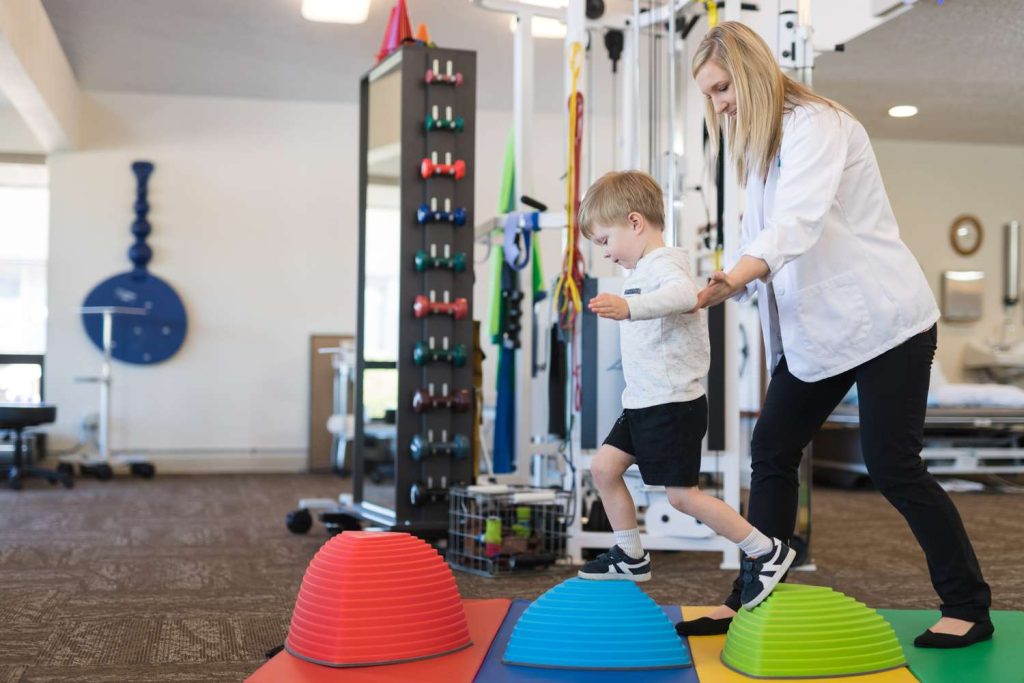
As a parent, it can sometimes be challenging to determine when to seek pediatric physical therapy for your child. Here are some signs that may indicate the need for physical therapy:
1. Delayed milestones: If your child is not reaching developmental milestones within the expected timeframe, it may be an indication that they could benefit from pediatric physical therapy. Delays in sitting up, crawling, walking, or other motor skills should be addressed promptly to ensure optimal development.
2. Poor coordination: If your child struggles with coordination and balance, pediatric physical therapy can help improve these skills. Difficulties in activities such as jumping, catching a ball, or riding a bike may indicate the need for intervention.
3. Frequent falls or accidents: If your child experiences frequent falls or accidents, it may be a sign of underlying motor or balance issues. Pediatric physical therapy can address these challenges and help your child develop the necessary skills to prevent future accidents.
4. Limited mobility: If your child has difficulty moving or navigating their environment, pediatric physical therapy can help improve their mobility. Whether it’s due to muscle weakness, joint stiffness, or other factors, therapy sessions can target these limitations and promote greater independence.
5. Pain or discomfort: If your child experiences pain or discomfort related to their physical abilities, pediatric physical therapy can provide pain management techniques and interventions. Alleviating pain not only improves their comfort but also enhances their overall quality of life.
It’s important to trust your instincts as a parent and seek professional advice if you have concerns about your child’s physical development. A pediatric physical therapist can assess your child’s abilities, identify any areas of concern, and recommend appropriate interventions if necessary.
Finding a qualified pediatric physical therapist
Finding a qualified pediatric physical therapist is essential to ensure that your child receives the best possible care. Here are some tips to help you find the right therapist:
1. Ask for recommendations: Seek recommendations from your child’s pediatrician, other parents, or support groups. Personal referrals can provide valuable insights into therapists who have a positive track record in working with children.
2. Research credentials and experience: Look for therapists who specialize in pediatric physical therapy and have experience working with children with similar conditions or challenges as your child. Check their credentials, certifications, and any additional training they may have undergone.
3. Consider location and convenience: Choose a therapist who is conveniently located and has flexible scheduling options that fit your family’s needs. Accessibility and convenience can make a significant difference in your child’s overall therapy experience.
4. Meet with the therapist: Schedule an initial consultation or meeting with the therapist to discuss your child’s needs and goals. This will give you an opportunity to assess their approach, ask questions, and determine if they are the right fit for your child.
5. Seek feedback from your child: If your child is old enough to express their preferences, involve them in the decision-making process. Their comfort and rapport with the therapist are crucial for the success of therapy sessions.
Remember, finding the right therapist may take time and effort, but it’s essential for your child’s well-being and progress. By choosing a qualified and experienced pediatric physical therapist, you can feel confident that your child is in good hands.
What to expect during a pediatric physical therapy session

Understanding what to expect during a pediatric physical therapy session can help prepare both you and your child for the experience. Here’s a general overview of what typically happens during a therapy session:
1. Initial assessment: The first session usually involves a comprehensive assessment of your child’s abilities, strengths, and areas of concern. The therapist will conduct various tests, observe your child’s movements, and gather information to create an individualized treatment plan.
2. Goal setting: Based on the assessment, the therapist will establish specific goals for your child’s therapy. These goals may include improving balance, increasing strength, enhancing coordination, or addressing specific functional challenges.
3. Treatment plan: The therapist will design a personalized treatment plan that outlines the strategies, exercises, and interventions to be used during therapy sessions. This plan will be tailored to your child’s abilities and goals, ensuring that therapy is effective and targeted.
4. Therapy sessions: Subsequent therapy sessions will involve a combination of exercises, activities, and interventions that align with the treatment plan. Pediatric physical therapy often incorporates play-based activities to engage children and make the sessions enjoyable.
5. Progress tracking: The therapist will regularly evaluate your child’s progress and update the treatment plan as needed. Ongoing assessments ensure that therapy remains effective and adaptive to your child’s changing needs.
6. Home exercises and activities: In addition to therapy sessions, the therapist may provide you with exercises and activities to do at home. These exercises help reinforce the progress made during therapy sessions and promote continuous improvement.
7. Communication and collaboration: Throughout the therapy process, open communication between you, your child, and the therapist is crucial. The therapist will provide feedback on your child’s progress, address any concerns, and collaborate with you to ensure the best possible outcomes.
It’s important to note that every child’s therapy experience may vary depending on their specific needs and goals. The therapist will tailor the sessions to your child’s abilities and adjust the treatment plan as necessary. By actively participating in the therapy process and supporting your child’s progress, you can maximize the benefits of pediatric physical therapy.
Tips for supporting your child’s progress in physical therapy
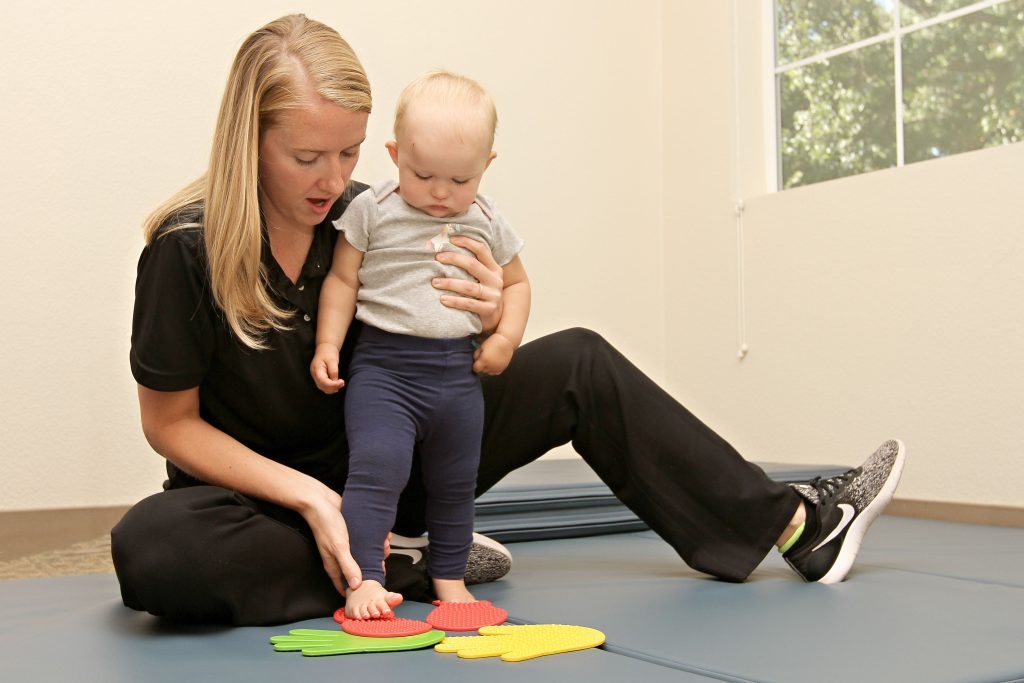
As a parent, you play a vital role in supporting your child’s progress in pediatric physical therapy. Here are some tips to help you make the most of the therapy experience:
1. Be involved: Attend therapy sessions whenever possible and actively participate in your child’s therapy process. This involvement shows support and reinforces the importance of therapy in your child’s life.
2. Communicate with the therapist: Maintain open lines of communication with the therapist. Share any concerns, observations, or changes in your child’s condition that may impact their therapy. Collaborate with the therapist to address any challenges and make necessary adjustments to the treatment plan.
3. Consistency is key: Encourage regular attendance and consistency in therapy sessions. Consistent participation helps build momentum and allows your child to progress more effectively.
4. Reinforce therapy at home: Incorporate therapy exercises and activities into your child’s daily routine. Consistency between therapy sessions and home practice enhances progress and helps your child generalize their skills to real-life scenarios.
5. Celebrate achievements: Recognize and celebrate your child’s achievements, no matter how small. Positive reinforcement and encouragement can boost your child’s confidence and motivation to continue working towards their goals.
6. Advocate for your child: Be an advocate for your child’s needs, both within and outside of therapy. Communicate with their school or other caregivers to ensure consistency in supporting their physical development and addressing any challenges they may face.
7. Patience and persistence: Progress in pediatric physical therapy takes time and dedication. Be patient with your child and the therapy process, and remain persistent in supporting their growth and development.
By actively participating in your child’s therapy journey, you can contribute to their progress and help them reach their fullest potential.
Integrating pediatric physical therapy into daily life
Integrating pediatric physical therapy into your child’s daily life can help reinforce the progress made during therapy sessions and promote continuous development. Here are some strategies to incorporate therapy into your child’s routine:
- Consistency is key: Establish a consistent schedule for therapy exercises and stick to it. Incorporate therapy activities into your child’s daily routine at specific times so they become a regular part of their day.
- Make it fun: Find creative ways to make therapy exercises enjoyable for your child. Use toys, games, or music to engage their interest and make the activities more enjoyable. Incorporate their favorite characters or themes into the exercises to increase motivation.
- Break it down: If your child has a long list of therapy exercises, break them down into smaller, manageable tasks. Instead of overwhelming them with a large number of exercises at once, focus on a few activities at a time. This approach helps maintain their attention and prevents fatigue.
- Integrate therapy into playtime: Encourage your child to engage in activities that promote physical development. This can include playing with balls, crawling through tunnels, jumping on trampolines, or riding a tricycle. Choose activities that align with their therapy goals and encourage them to participate actively.
- Include therapy during daily routines: Incorporate therapy exercises into daily activities such as brushing teeth, getting dressed, or mealtime. For example, you can work on balance by having your child stand on one leg while brushing their teeth or practice fine motor skills by using utensils during mealtime.
- Seek opportunities in the community: Look for community programs or recreational activities that align with your child’s therapy goals. Swimming lessons, dance classes, or sports teams can provide additional opportunities for your child to work on their physical skills in a social setting.
- Collaborate with therapists: Communicate with your child’s physical therapist to understand their specific goals and exercises. Discuss ways to integrate therapy into daily life effectively. Therapists can provide personalized recommendations and modifications based on your child’s progress.
- Monitor progress and celebrate achievements: Keep track of your child’s progress and celebrate milestones together. Set realistic goals and acknowledge their efforts. Recognize the improvements they make in their daily life, both big and small.
Conclusion
In conclusion, pediatric physical therapy plays a vital role in promoting the overall development and well-being of children. This article has highlighted the importance of integrating therapy into a child’s daily life and provided practical strategies for parents to do so. By incorporating therapy exercises into routines, making them fun, and seeking opportunities in the community, parents can reinforce the progress made during therapy sessions and support their child’s continuous growth. Collaboration with therapists, monitoring progress, and celebrating achievements are crucial aspects of this process. We encourage parents to take an active role in their child’s therapy journey, seek guidance from professionals, and embrace the opportunities for engagement and enrichment that pediatric physical therapy offers. Together, we can help children reach their full potential and lead fulfilling lives. Share your experiences, questions, and insights in the comments below to foster a community of support and knowledge-sharing.
FAQ:
What is pediatric physical therapy?
Pediatric physical therapy assists in early detection of health issues and uses a variety of modalities to treat disorders in infants, toddlers, children, and adolescents. The therapy focuses on improving gross and fine motor skills, strength, endurance, balance and coordination, and cognitive and sensory processing/integration.
When should a child see a pediatric physical therapist?
A child should see a pediatric physical therapist if they have difficulty reaching developmental milestones, have been injured, had surgery, or if they are experiencing difficulty with movement or function. Other cases may include congenital conditions, neurological disorders, orthopedic injuries or diseases, or conditions that affect the muscles or bones.
How does a pediatric physical therapist differ from an adult physical therapist?
Pediatric physical therapists have specialized training in child development, neurology, and congenital (born with) and non-congenital conditions. They use fun and engaging therapeutic activities designed specifically for children to improve their physical abilities and ensure optimal function and growth.
How often does my child need to see a pediatric physical therapist?
The frequency of visits varies greatly depending on the child’s specific needs. After an initial evaluation, the therapist will recommend a treatment plan that may include multiple visits per week, weekly visits, or visits every few weeks.
What happens during a pediatric physical therapy session?
During a session, the therapist engages the child in a variety of activities designed to help them reach their physical goals. These may include therapeutic exercises, mobility training, activities to improve coordination and balance, and education on home exercises and strategies.
Can pediatric physical therapy help my child with coordination issues?
Yes, pediatric physical therapists are specifically trained to improve a child’s motor skills and coordination using various therapeutic interventions.
How can I tell if my child is making progress in physical therapy?
Progress can be seen in improved skills or abilities, improved strength, better coordination, or increased ease in performing tasks. The physical therapist will also provide regular updates and progress reports as part of the treatment plan.